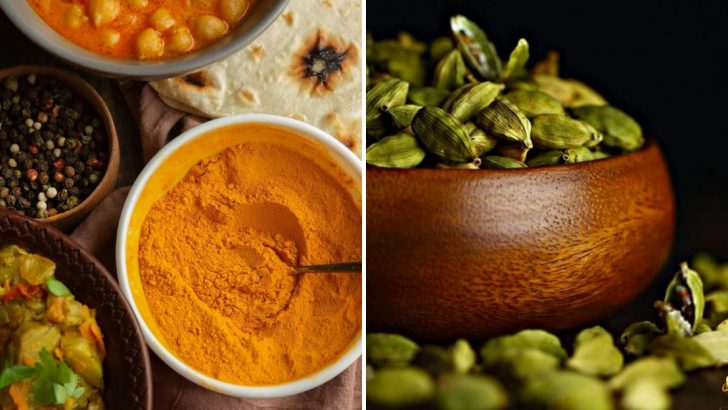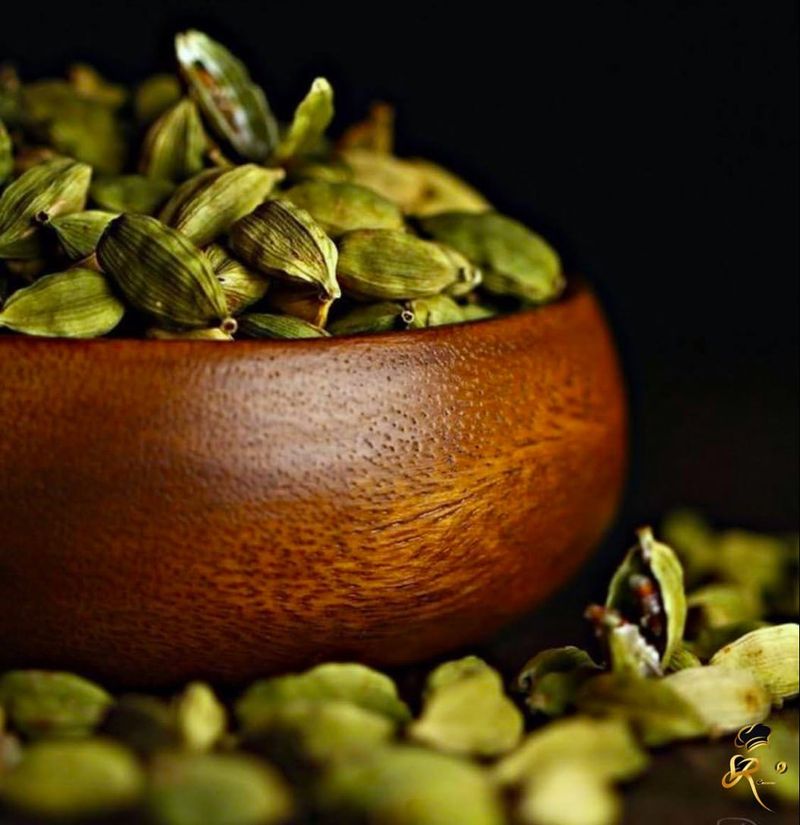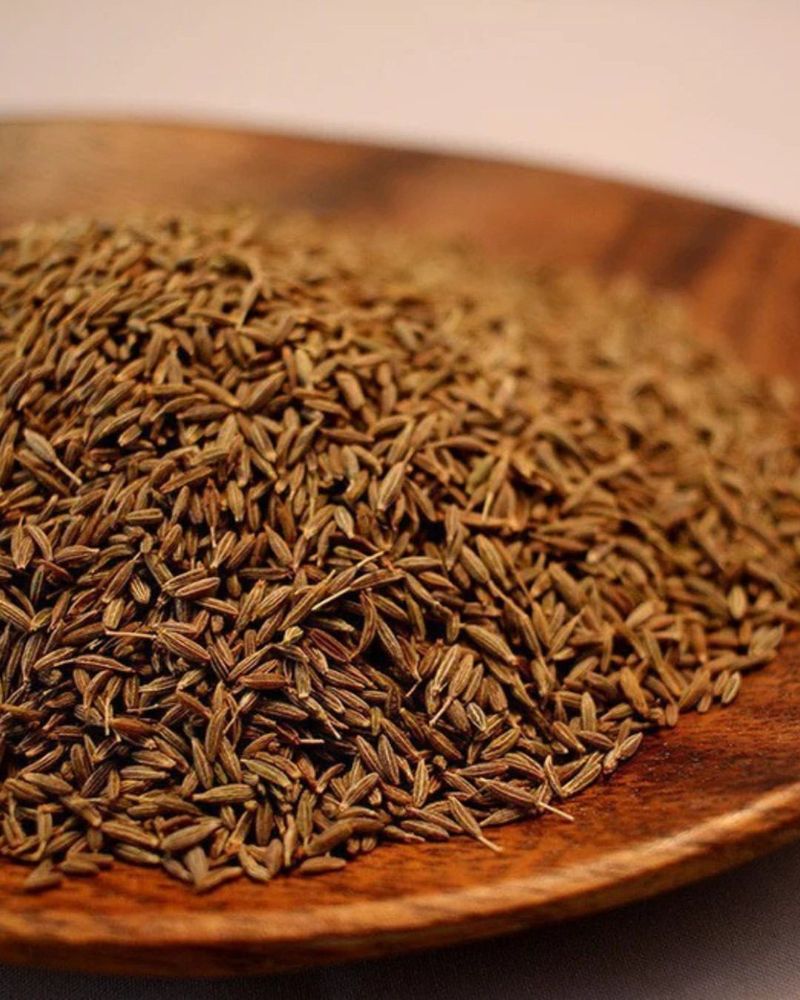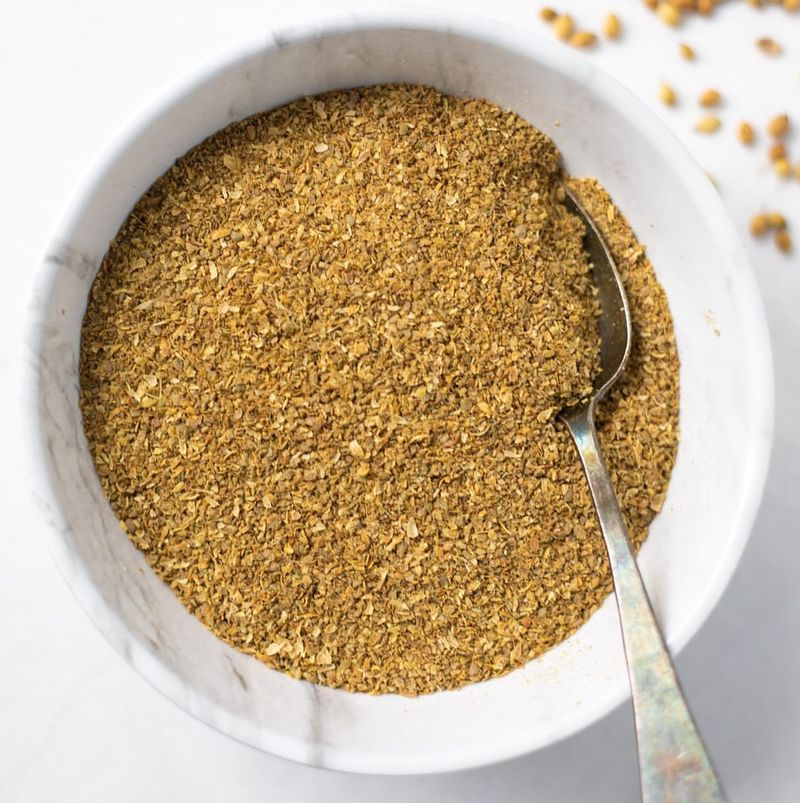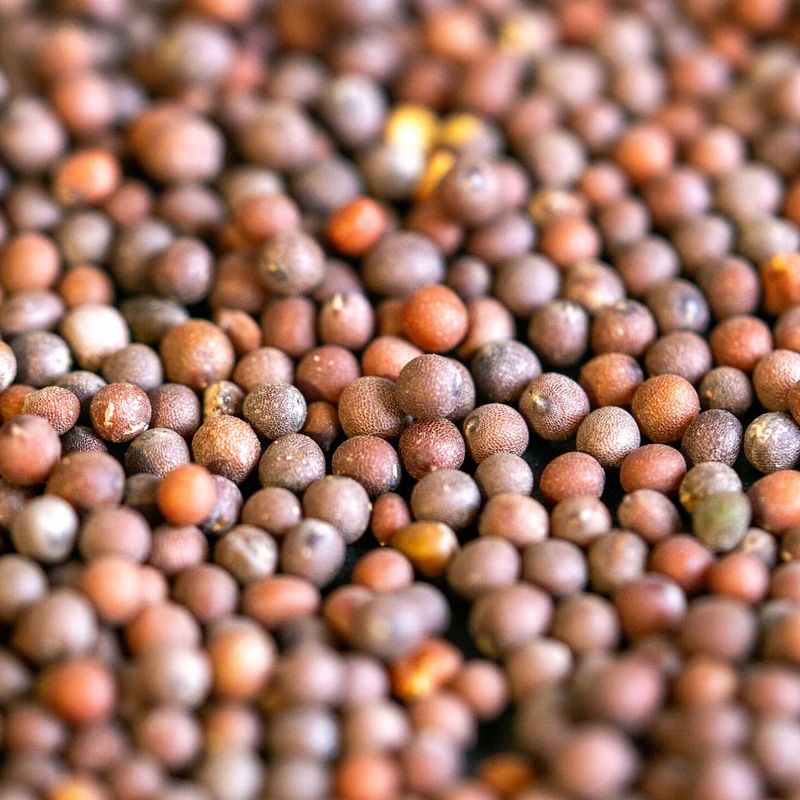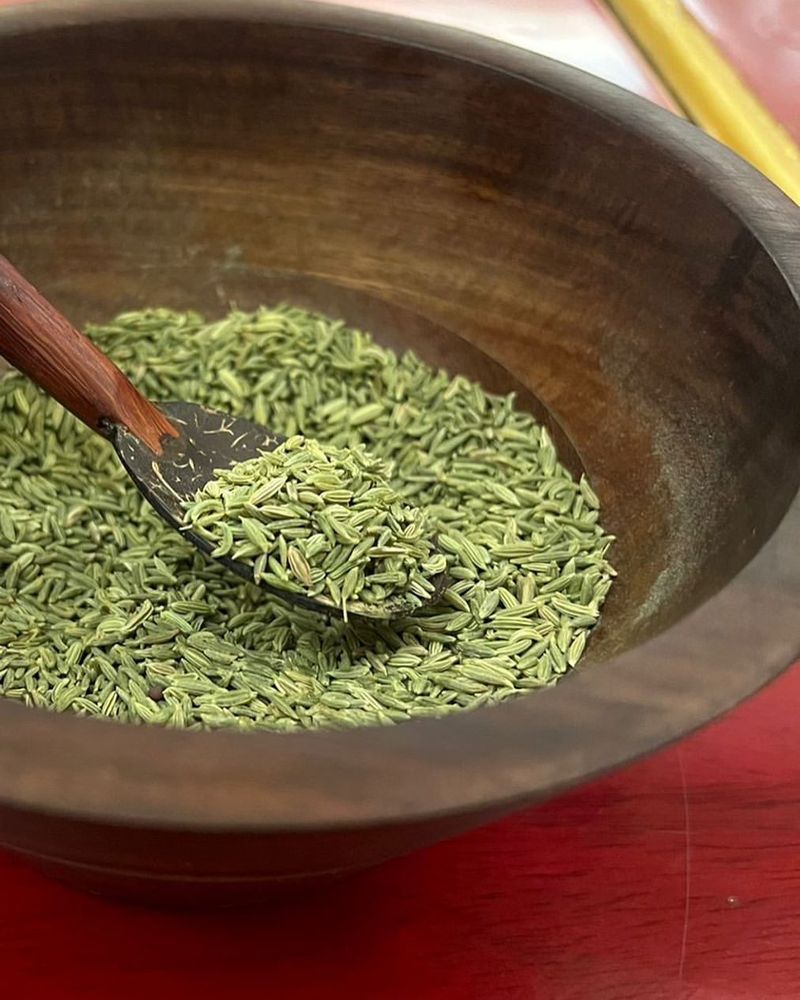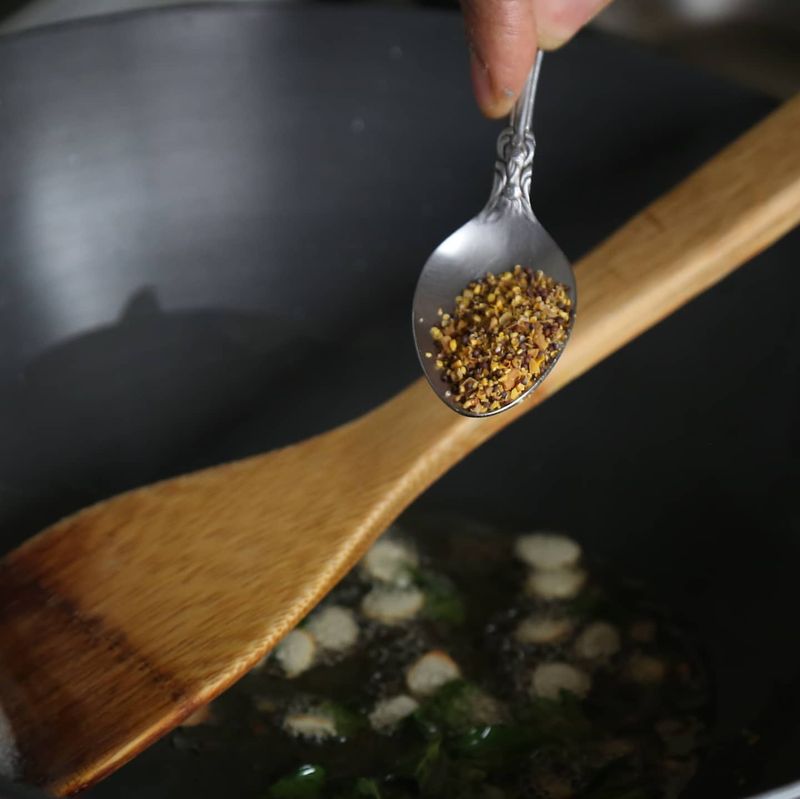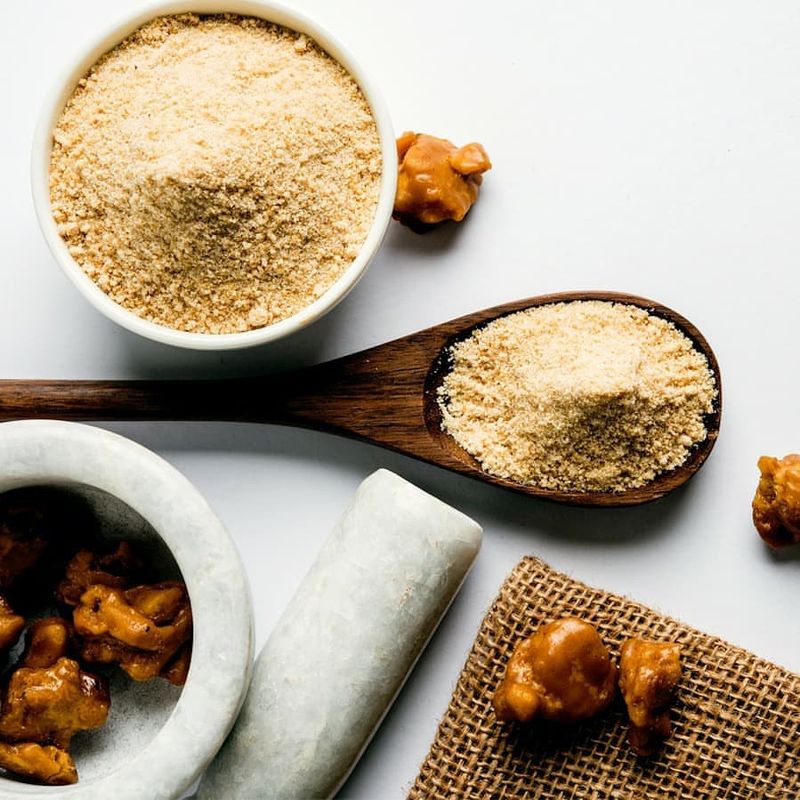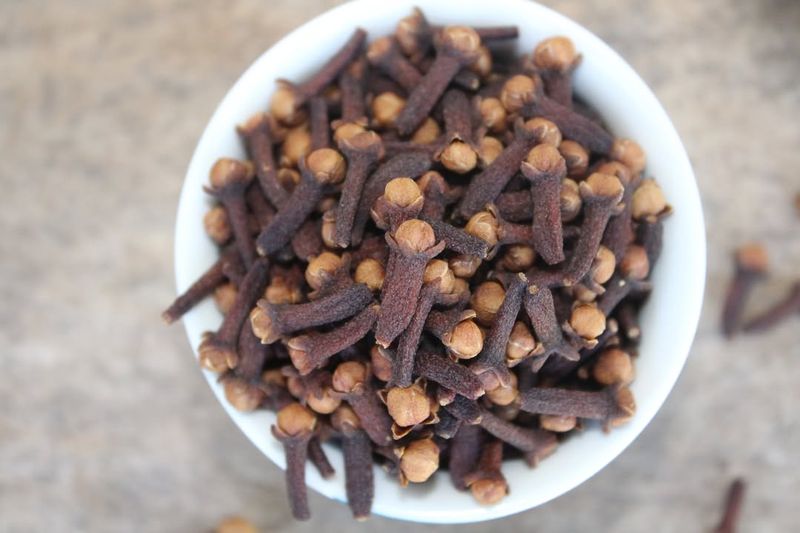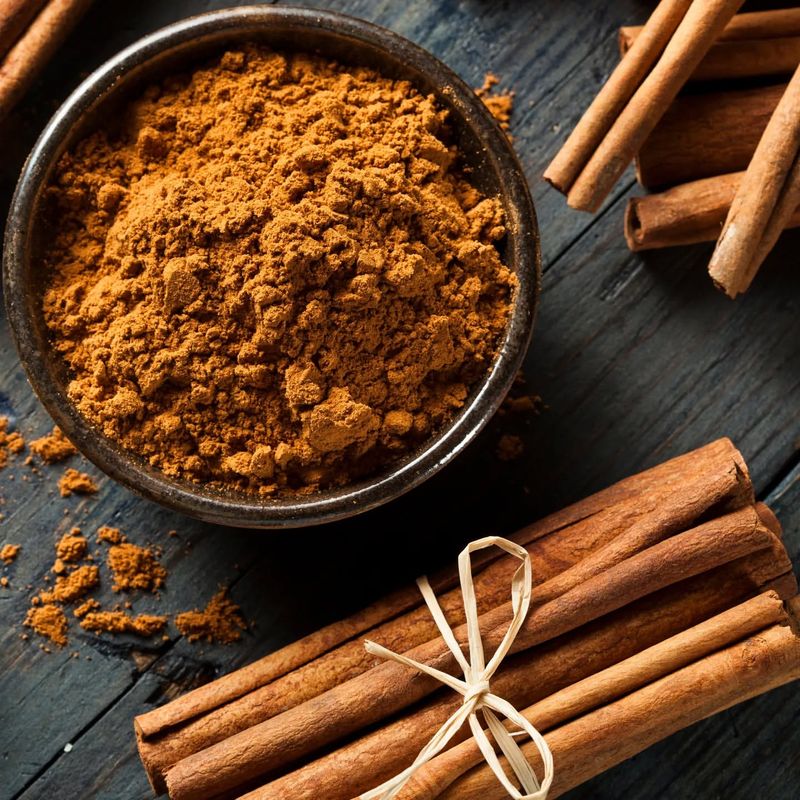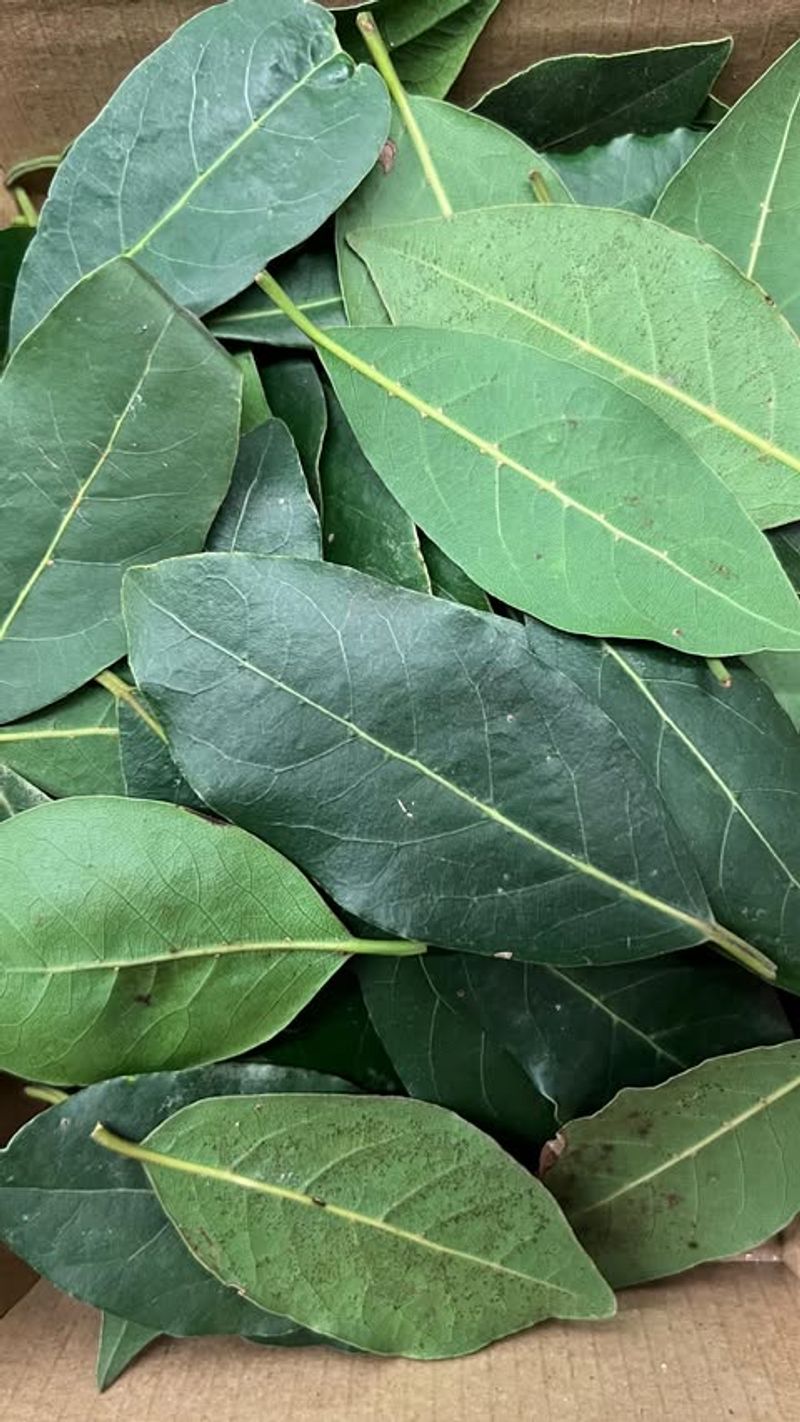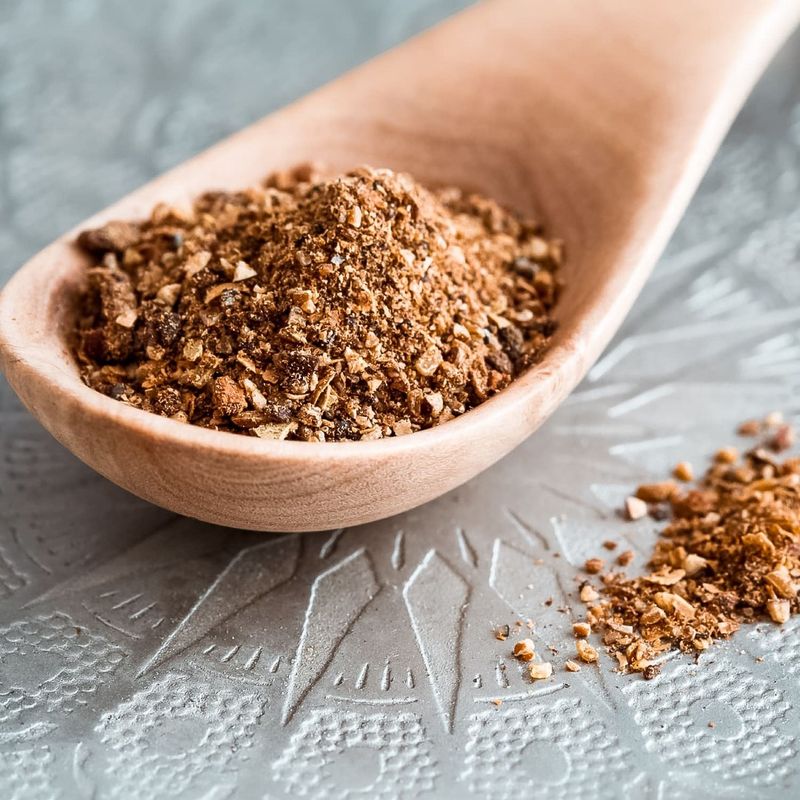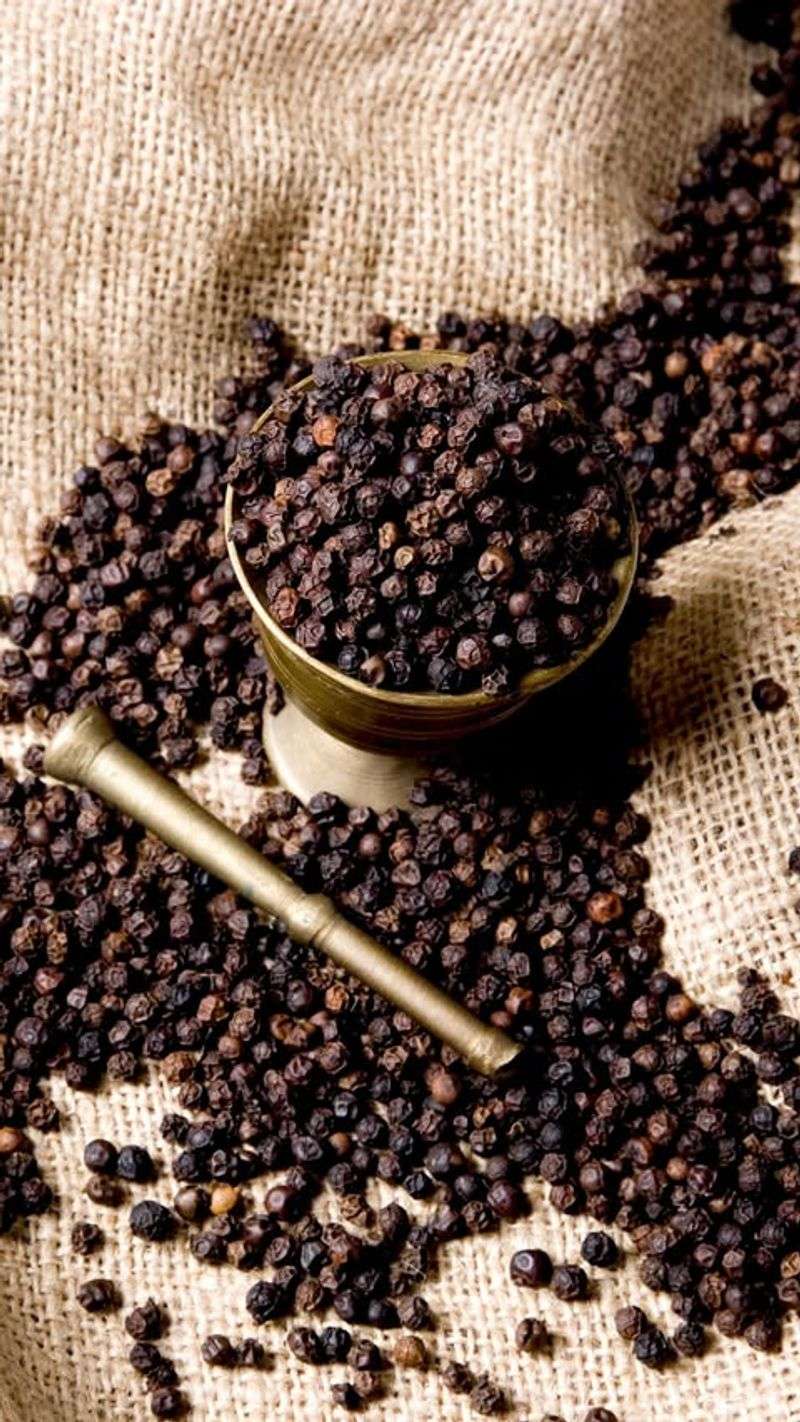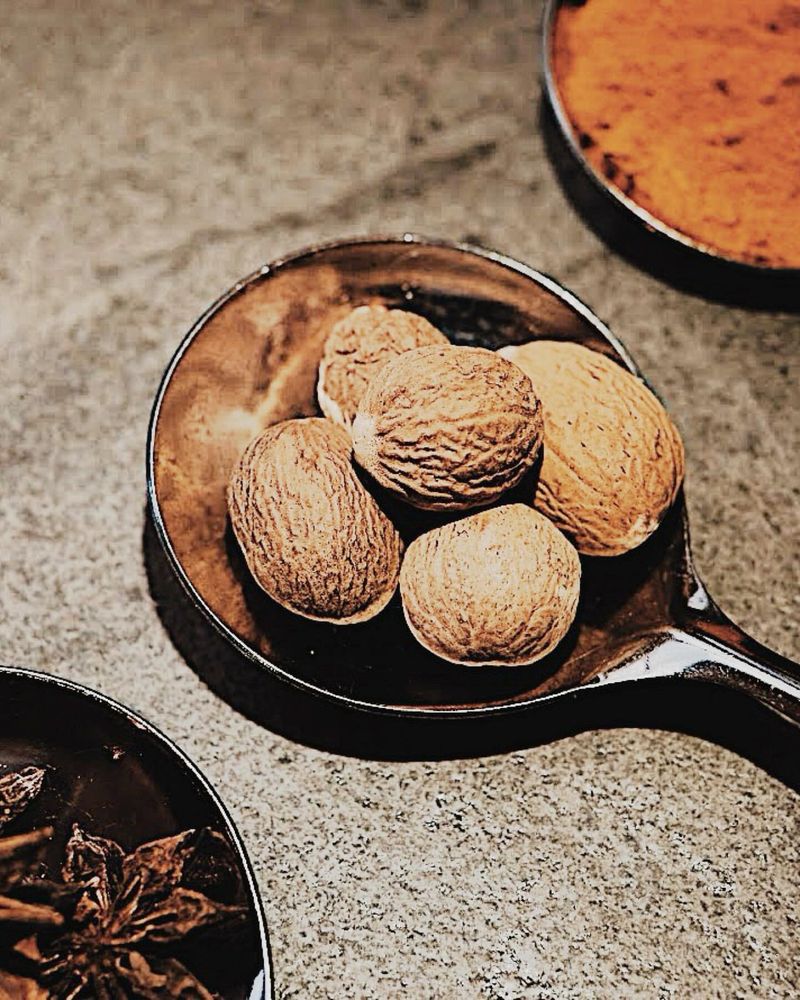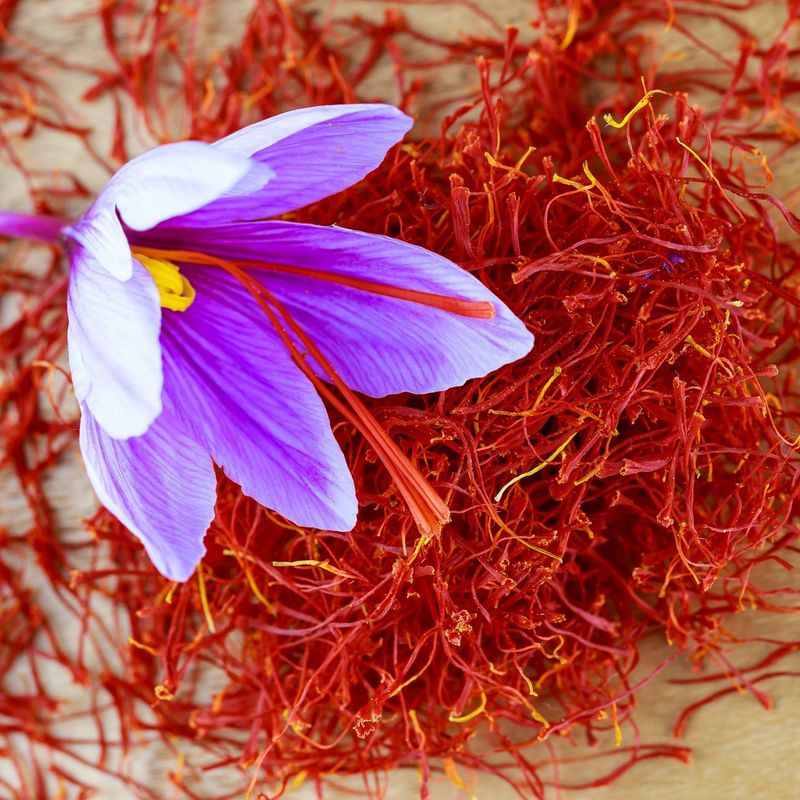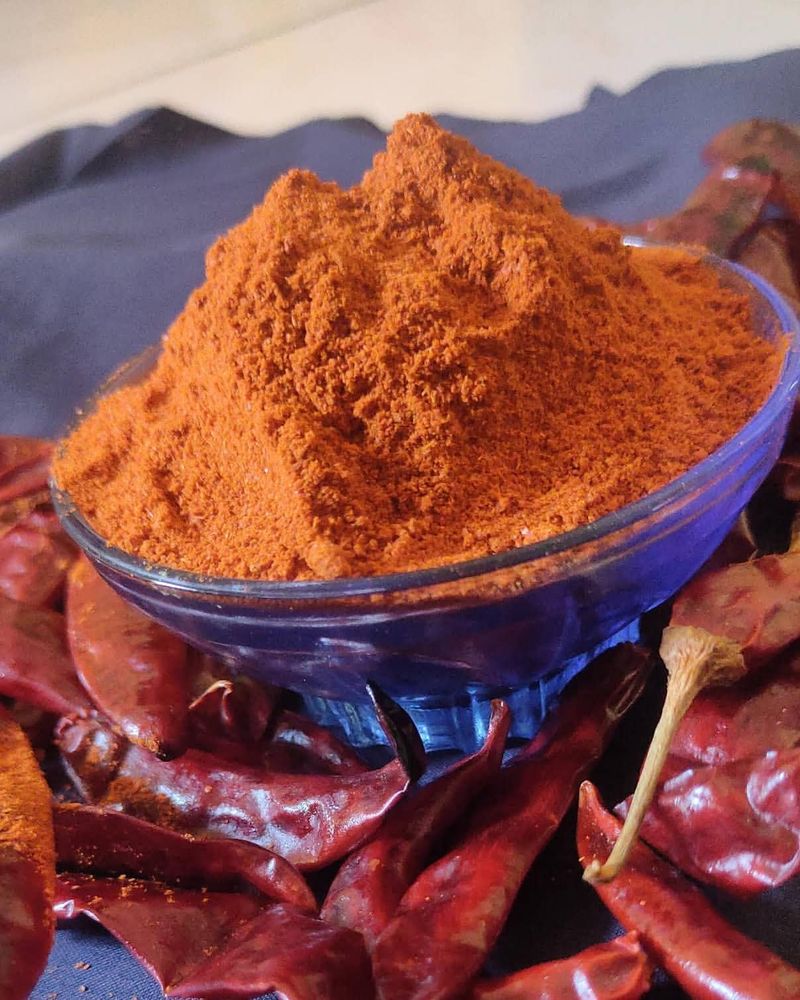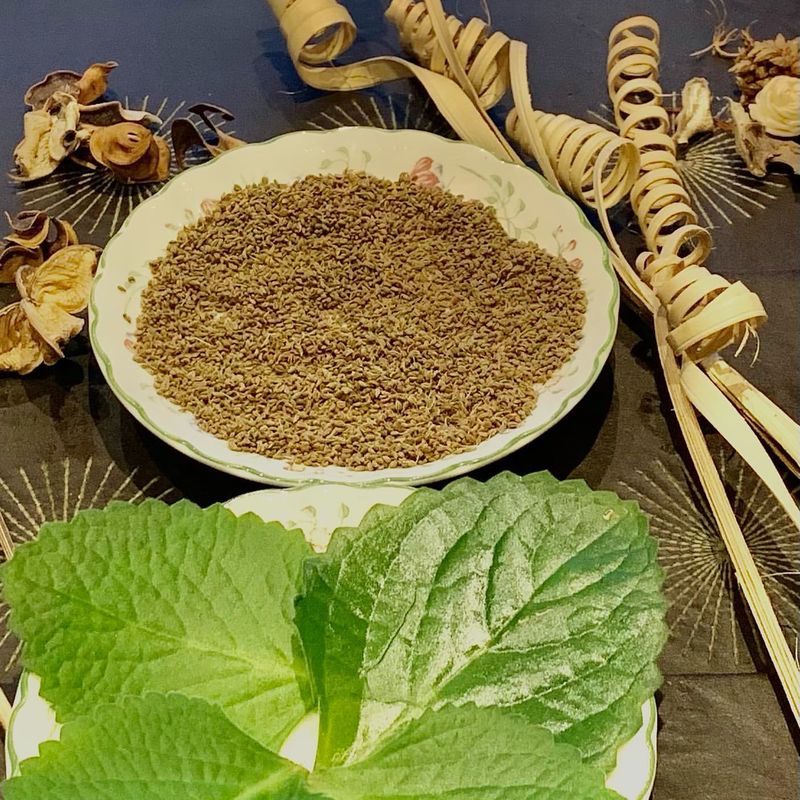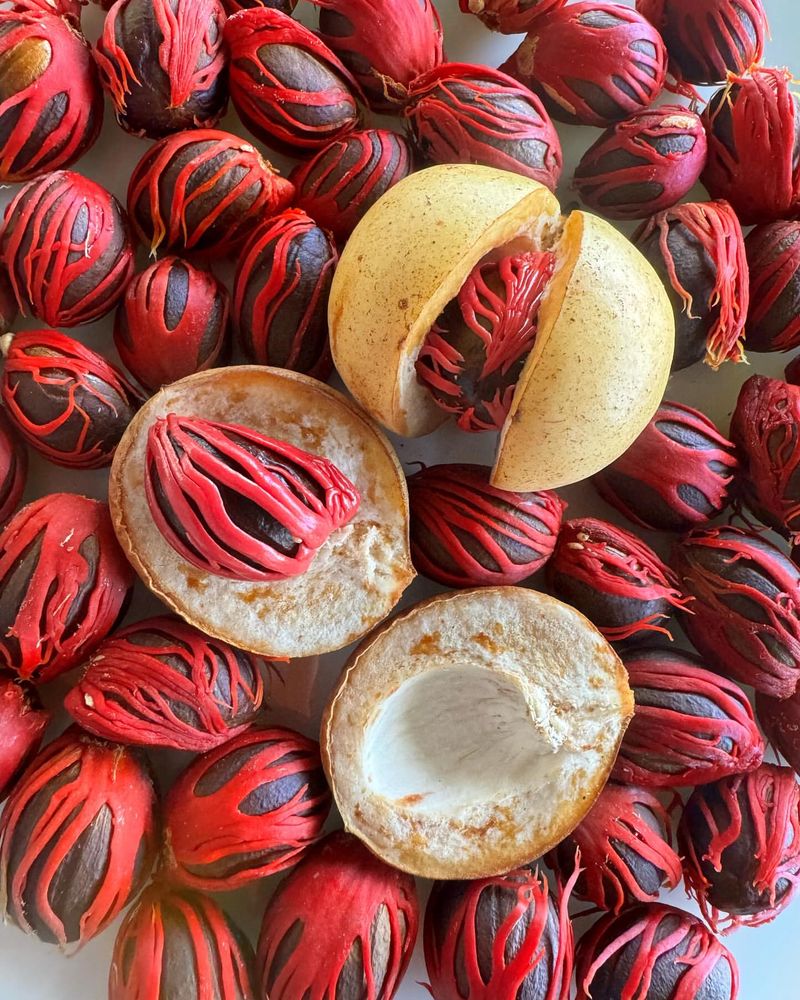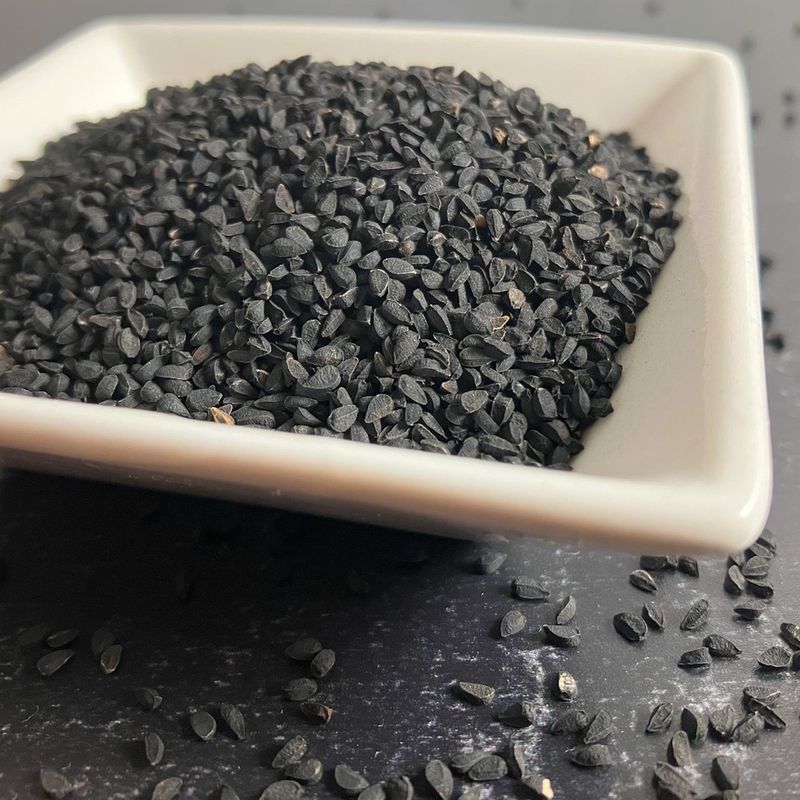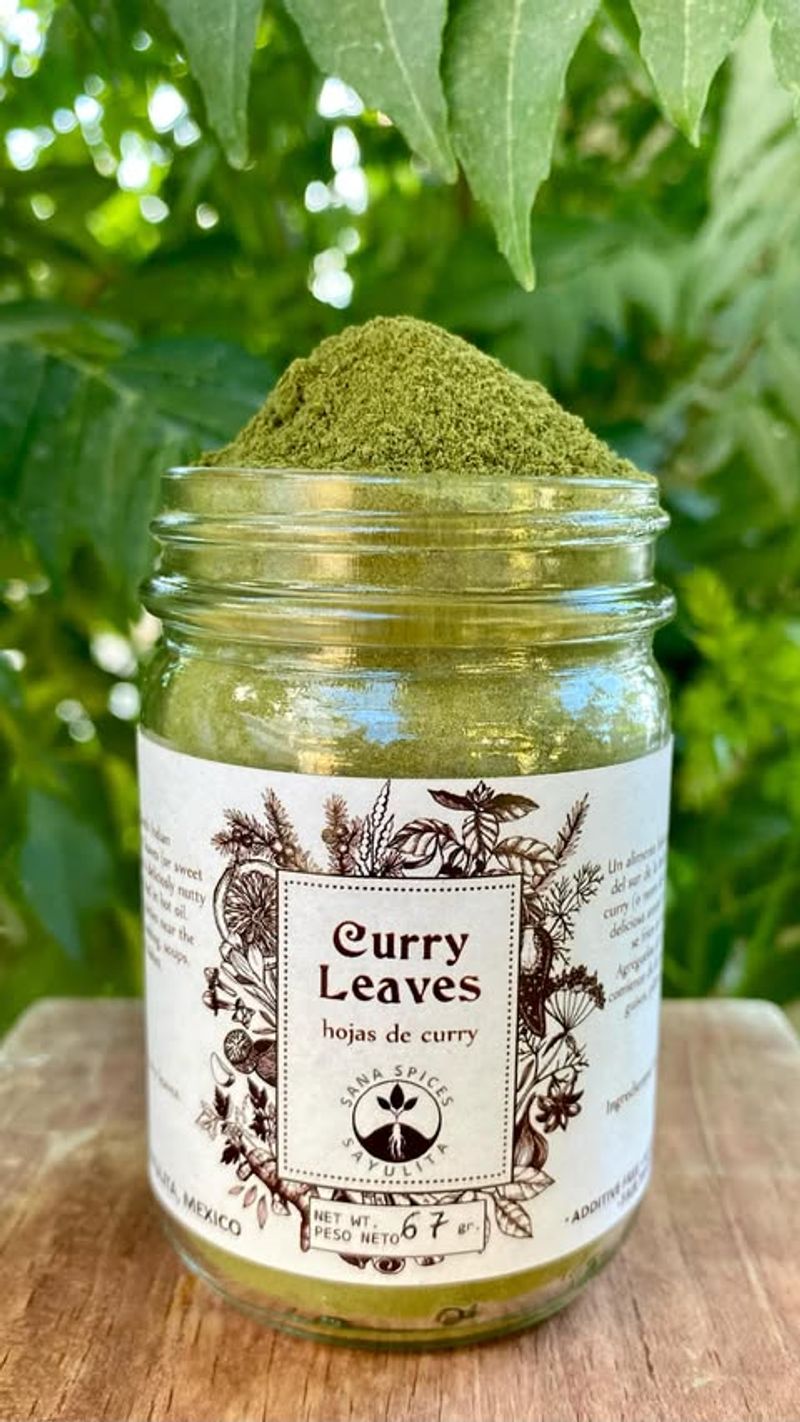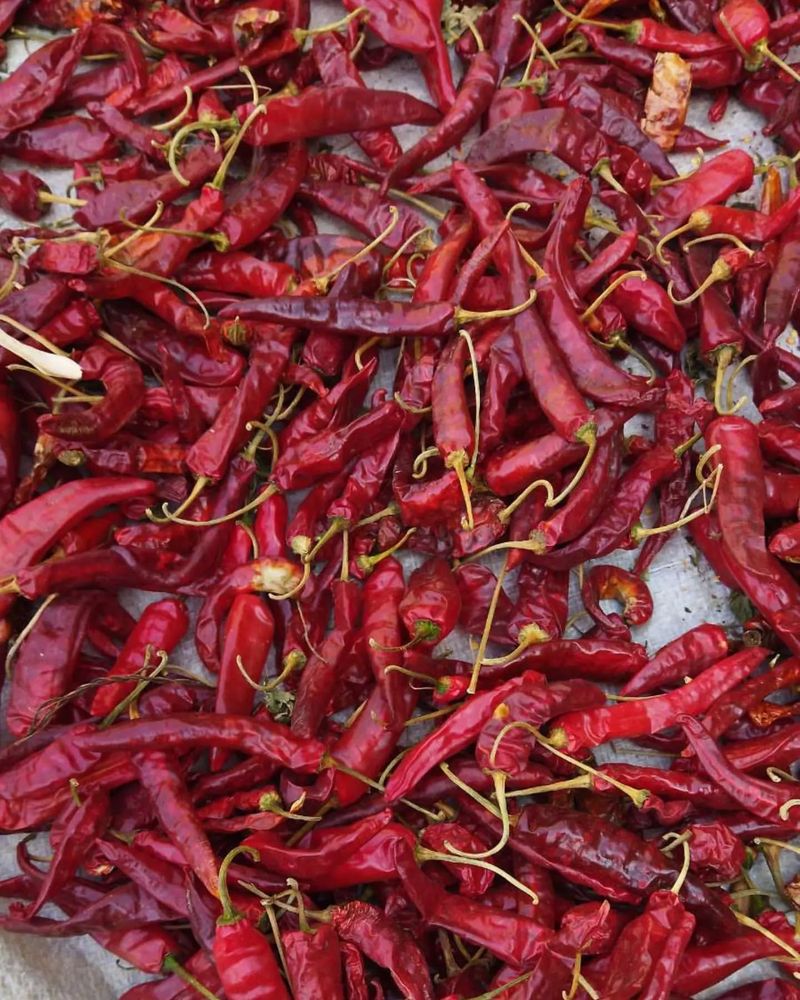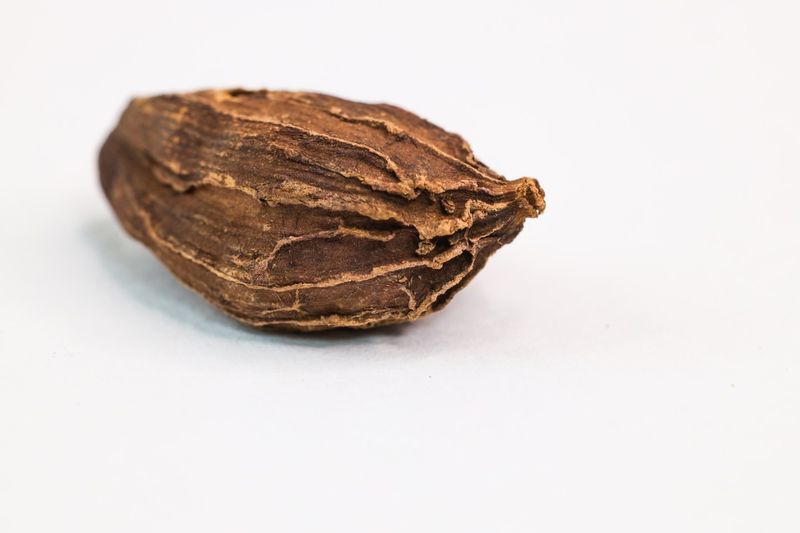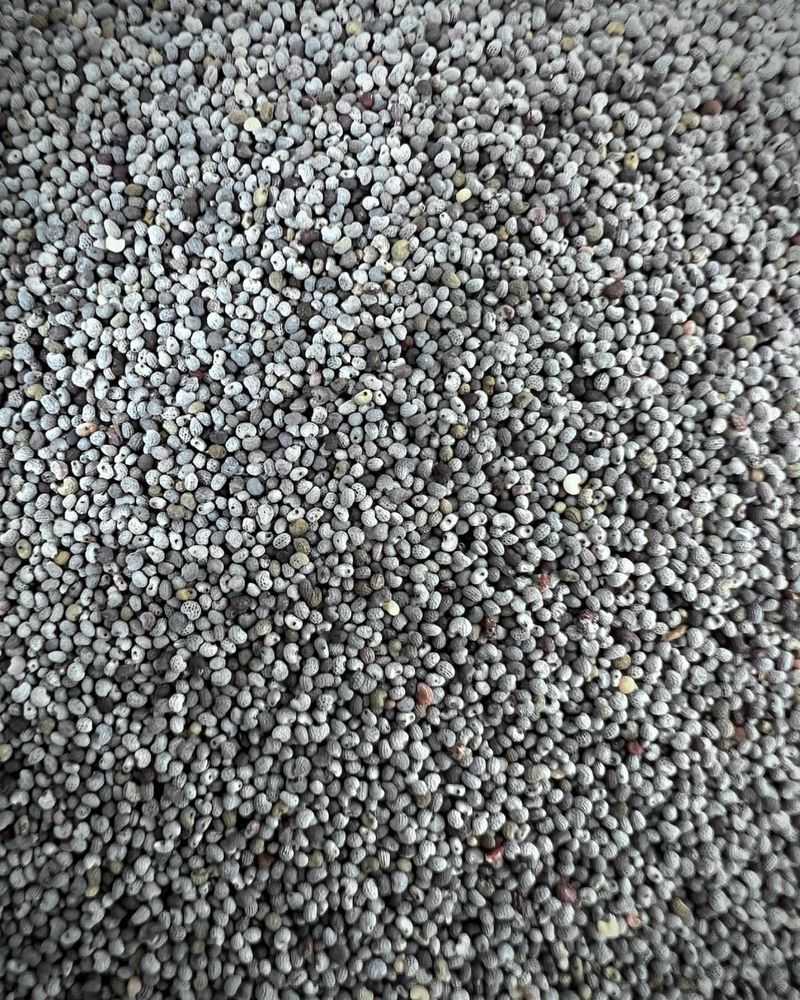Every spice has a story. My journey into Indian cooking began with a simple wooden box passed down from my grandmother—her most treasured kitchen possession.
These 25 spices are more than ingredients; they’re cultural heritage, carefully collected and lovingly used across generations of home cooks.
Indian cuisine isn’t about complexity. It’s about understanding how each spice contributes its unique character to a dish. Whether you’re a beginner or an experienced cook, this guide will help you navigate the rich world of Indian spices.
1. Turmeric
Turmeric adds a deep golden hue and earthy warmth to dishes. Its vibrant color is irresistible. You’ll love the way it brightens up curries and soups. This spice is a staple in Indian cuisine, known for its health benefits.
Curcumin, the active compound in turmeric, is celebrated for its anti-inflammatory properties. Sprinkle it over roasted vegetables or blend it into smoothies for an extra kick. If you love Indian food, turmeric is a must-have in your spice cabinet.
2. Cardamom
To bring a sweet, floral aroma to your dishes use cardamom. This spice is versatile, enhancing both savory and sweet recipes.
Imagine the fragrance of cardamom wafting through your kitchen as you brew chai or bake desserts. In savory dishes, it adds a unique depth, elevating curries and biryanis to new heights. If you’re aiming for Indian authenticity, cardamom is non-negotiable.
Crush the pods to release their full flavor or use them whole for a milder touch.
3. Cumin
It is the backbone of many Indian dishes, lending a smoky, nutty depth to curries, dals, and spice blends. Its unique flavor profile is unmistakable.
Toast the seeds to unlock their full potential. Ground cumin is convenient for adding instant flavor. Imagine the rich, earthy taste enhancing your favorite dishes.
Cumin is essential for creating authentic Indian flavors.
4. Coriander
Coriander offers a citrusy, slightly sweet flavor. It’s a cornerstone in Indian cooking, used in both seed and leaf form. Ground coriander seeds are perfect for curries, adding a warm, nutty element.
Meanwhile, fresh coriander leaves, known as cilantro, provide a refreshing finish to dishes. Experiment with both forms in your cooking. The seeds are often toasted to unleash a deeper flavor. Coriander’s versatility makes it indispensable in your spice rack.
5. Mustard Seeds
Mustard seeds are tiny but packed with punch. These little seeds are powerhouses of flavor. When tempered in hot oil, they pop and release a nutty, aromatic essence.
You’ll find them in many traditional Indian dishes, adding depth and complexity. Use them in pickles, curries, or spice blends. The transformation they undergo when heated is magical. A staple in Indian cooking, mustard seeds are essential for authenticity.
Their unique flavor profile cannot be replicated.
6. Fennel Seeds
Fennel seeds offer a sweet, anise-like flavor that’s refreshing and fragrant. In Indian cooking, they’re often used after meals as a natural mouth freshener.
Add them to spice blends for a hint of sweetness. Fennel seeds are also used in masalas, curries, and baked goods. Their aroma is both soothing and uplifting.
Toast them lightly to enhance their flavor before using. The seeds can be used whole or ground, offering versatility in your dishes.
7. Fenugreek
Reminiscent of maple syrup, fenugreek offers a bittersweet flavor. This unique spice is often used in Indian curries and pickles. Its seeds and leaves are both integral to Indian cuisine.
Incorporate fenugreek into your cooking for authenticity. The seeds can be roasted to mellow their bitterness or used whole for a more robust flavor.
Fresh fenugreek leaves, known as methi, add a distinct taste to dishes.
8. Asafoetida
Asafoetida, known for its pungent aroma, is a game-changer in Indian cuisine. Just a pinch transforms dishes, adding a savory, umami depth.
Often used in lentil dishes, it enhances the flavor profile effortlessly. Asafoetida is your secret weapon for authentic Indian cooking. If you’re sensitive to garlic or onions, this spice serves as an excellent substitute.
Toast it in hot oil to reduce its pungency and unlock its full potential.
9. Cloves
This common spice brings a warm, sweet-spicy aroma to Indian dishes. The aromatic flower buds are used in both savory and sweet recipes.
Cloves are often added to spice blends, lending depth and warmth. In Indian cuisine, they play a crucial role in garam masala. Toast them lightly to release their oils and intensify their flavor.
Their unique scent and taste elevate meals to new levels
10. Cinnamon
Cinnamon is just amazing. It brings a sweet, woody aroma to any meal. This spice is used in both savory dishes and desserts.
In Indian cooking, cinnamon is often used in curries, biryanis, and sweet treats. Its distinctive flavor adds depth and complexity.
Use whole sticks for a subtle infusion or ground cinnamon for a more pronounced taste. Your culinary journey through Indian flavors should begin here.
11. Bay Leaves
They offer a subtle, earthy flavor to Indian dishes. Though often removed before serving, they impart a unique aroma.
In Indian cooking, bay leaves are comon in curries, biryanis, and soups. Their presence transforms dishes, adding depth and complexity. Use them to infuse your recipes with a rich, aromatic essence. Their fragrance is gentle yet distinct.
12. Garam Masala
Garam masala is India’s all-in-one flavor bomb. This spice blend is warm, fragrant, and brings depth to almost any dish. It’s a staple in Indian kitchens, used in everything from curries to soups.
The blend varies regionally but typically includes spices like cumin, coriander, and cardamom. It is best to add it towards the end of cooking to preserve its aromatic qualities.
13. Black Pepper
Black pepper is a common staple even i Western kitchen. It brings a bold, pungent flavor to your dishes. No wonder why they call it ‘the king of spices.’
Its sharp, woody aroma enhances both savory and sweet dishes. In Indian cuisine, black pepper is often used in spice blends and marinades. Freshly ground pepper offers the most vibrant flavor. If you’re serious about Indian cooking, black pepper is non-negotiable.
14. Nutmeg
If you’re looking for a warm, sweet-spicy aroma for your dishes, nutmeg is the right spice. Its flavor is rich and complex, adding depth to curries, desserts, and drinks.
Grating fresh nutmeg releases its aromatic oils, intensifying the flavor. Use it sparingly to enhance your dishes. Let nutmeg be your guide in creating warm, aromatic meals.
15. Saffron
Known as the most expensive spice, Saffron adds a luxurious touch to your dishes. Its aroma is intoxicating.
Just a few strands transform dishes with their rich, golden hue. In Indian cooking, saffron is often used in biryanis and desserts. Its delicate flavor is unparalleled.
Soak the threads in warm water or milk to release their full potential. This spice will elevate your cooking and impress your guests.
16. Chili Powder
Chili powder adds a fiery kick to Indian dishes. Its vibrant red color is inviting. This spice is used in countless recipes, from curries to snacks.
Adjust the heat to your preference, using more or less as needed. If you’re a fan of spicy food, this spice is a must-have. Experiment with different types of chili powder to find your perfect heat level.
Believe me, this spice will ignite your culinary creations and inspire your cooking adventures.
17. Tamarind
This one offers a tangy, sweet-sour flavor that’s refreshing and unique. Its distinct taste adds a lively twist to dishes.
Use tamarind paste for convenience or fresh pods for a more authentic experience. This spice will transform your culinary creations and leave a lasting impression.
18. Carom Seeds
Also known as ajwain, carom seeds bring a strong, thyme-like flavor to dishes. It is usually used in Indian breads, lentil dishes, and snacks. Its distinctive aroma is both pungent and inviting.
They’re often toasted to release their full potential. Use them sparingly to enhance your dishes. Carom seeds are known for their digestive benefits.
19. Mace
Nutmeg’s more delicate cousin, often overlooked but possessing a depth of flavor that can elevate both sweet and savory dishes. Derived from the lacy, bright red covering (called the aril) that wraps around the nutmeg seed, mace brings a more refined flavor profile than its famous sibling.
Use it sparingly in spice blends. It will add a sophisticated layer of warmth to everything from baked goods to complex meat dishes.
20. Nigella Seeds
Known as kalonji, nigella seeds bring a slightly peppery flavor to dishes. In India, they’re often used in breads, pickles, and spice blends. Their distinct taste adds a layer of complexity to recipes.
Toast them lightly to release their aromatic oils and use to enhance your culinary creations. Believe me, their bold flavor will elevate your dishes beyond recognition.
21. Curry Leaves
Good old curry leaves bring a subtle, aromatic flavor characteristic of Indian food. Their fragrance is both earthy and refreshing.
To release their full flavor, fry them in hot oil. For the best aroma, use fresh leaves. If you cannot find them fresh, dried leaves are a convenient substitute.
22. Kashmiri Red Chili
This chili is known for its rich red color and subtle spice. It will add a mild heat to your dishes.
Thanks to its hue it makes dishes visually appealing. So use it to add color and mild heat to your recipes. Let this spice enhance your culinary creations. Its flavor profile is sure to captivate your senses.
23. Black Cardamom
Black cardamom offers a bold, smoky flavor that’s characteristic of Indian cuisine. These pods are larger and more robust than green cardamom. In India, they use black cardamom in savory dishes, biryanis, and spice blends.
Like with many spices, crush the pods to release their full potential. Its bold, smoky essence is something very rare and different.
24. Poppy Seeds
Tiny yet powerful, poppy seeds are culinary gems that add more than just visual appeal to dishes. These small, slate-blue seeds are predominantly featured in sweet preparations
Their delicate crunch and nuanced taste make them a beloved ingredient across multiple cuisines. In Indian cooking, poppy seeds (known as “khus khus”) are absolutely essential for authentic flavor profiles.
25. Sesame Seeds
These small, delicate seeds offer a remarkably nutty and subtly sweet profile that enhances dishes across global cuisines. Their versatility is unmatched, bridging sweet and savory recipes with elegant ease.
The magic of sesame seeds lies in their transformative potential. Professional chefs and home cooks know that a light toasting can elevate these seeds from simple garnish to flavor cornerstone. When gently heated in a dry pan, sesame seeds release their essential oils.

